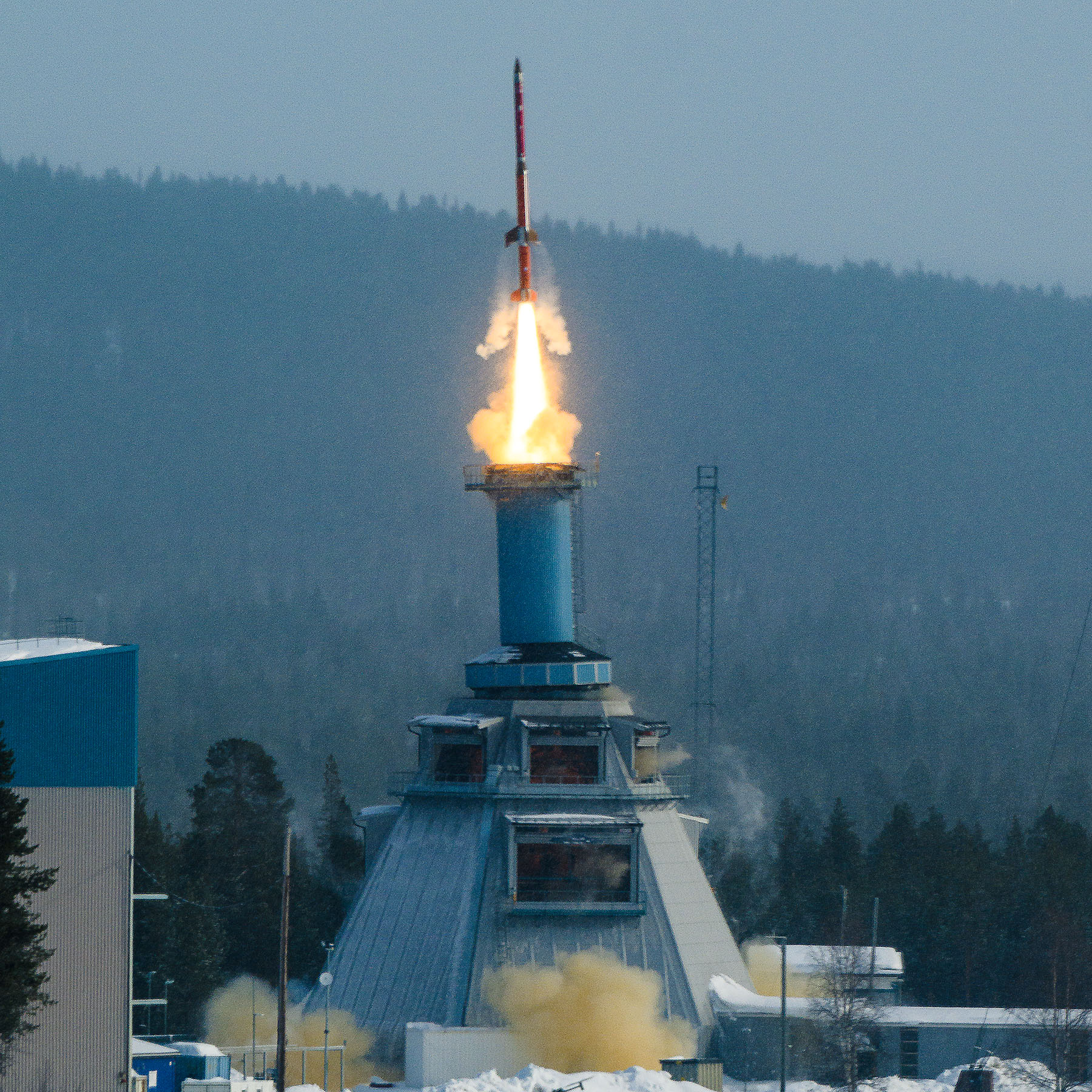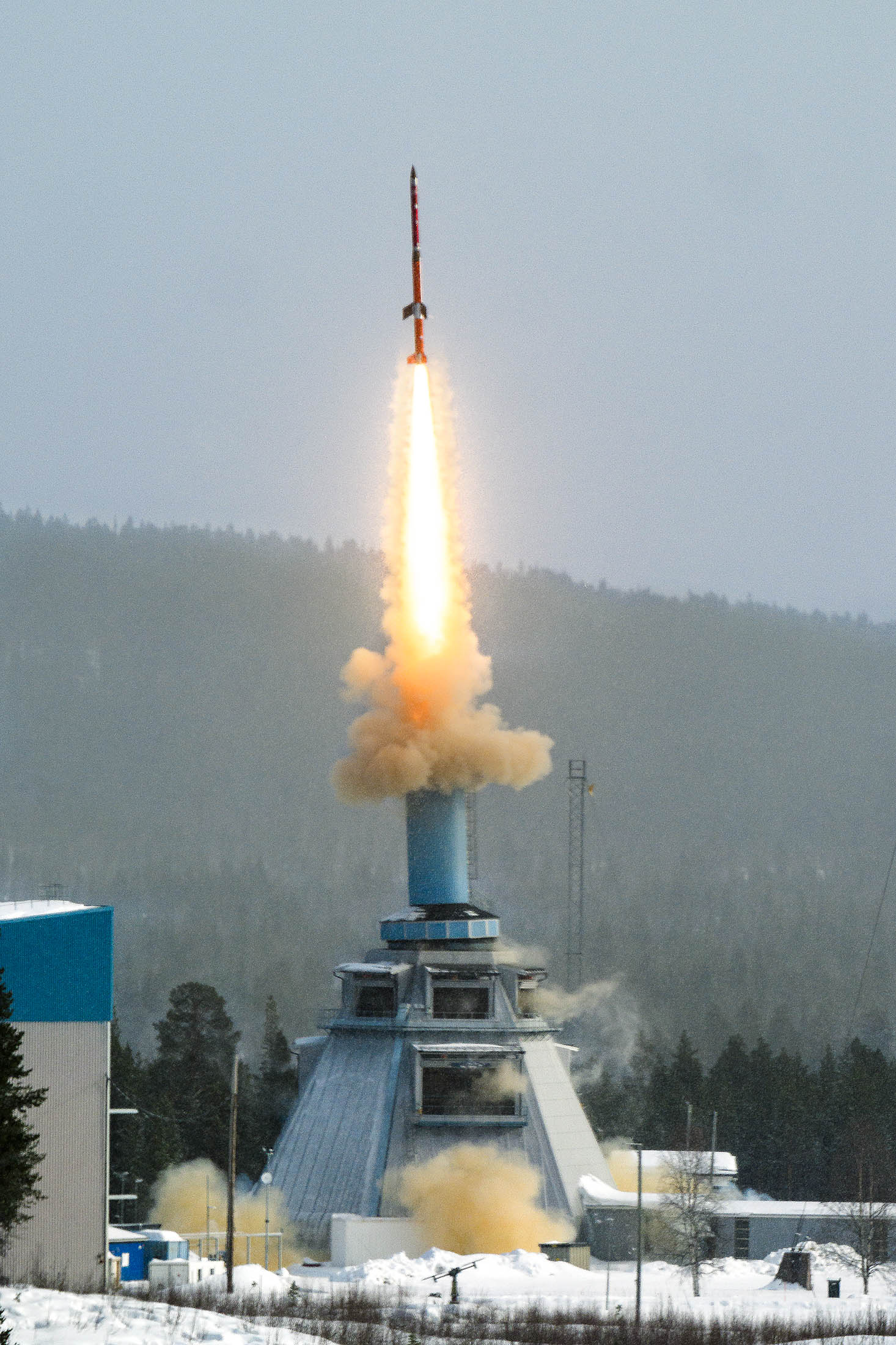The TEXUS 60 rocket was successfully launched from Esrange Space Center on Sunday March 24, 2024. Onboard were three very different experiments executed under microgravity conditions.
The first experiment is from ACCESS e.V. in Aachen and it is named SIMONA – which stands for Space Investigation of MONotectic Alloys. The objective is to study phase separation processes in a monotectic alloy, aiming to improve data models for how materials behave when they start segregating or mix in melts.
The second experiment is from University of Frankfurt and has the name GECO – Gravity Elicited Calcium Oscillations. Using a Fluorescence microscope with 3D scanning laser enables scientists to observe living cells under microgravity conditions and obtain 3D images to investigate changes in the calcium concentration under microgravity.
The third experiment is called PHOENIX II and it is a collaboration between Nihon University in Tokyo and the University of Bremen. In this experiment the scientists want to study combustion processes in microgravity, and how fuel droplets spontaneously ignite. More efficient combustion, for example in engines, is something to strive for. Not least in the development of more environmentally friendly engines and fuels. The more we understand about this – the more efficient these processes can be.


